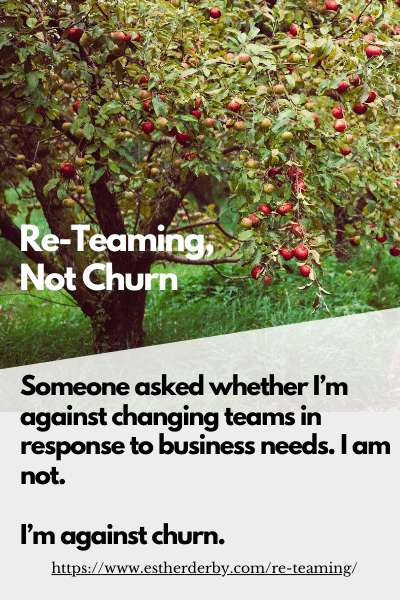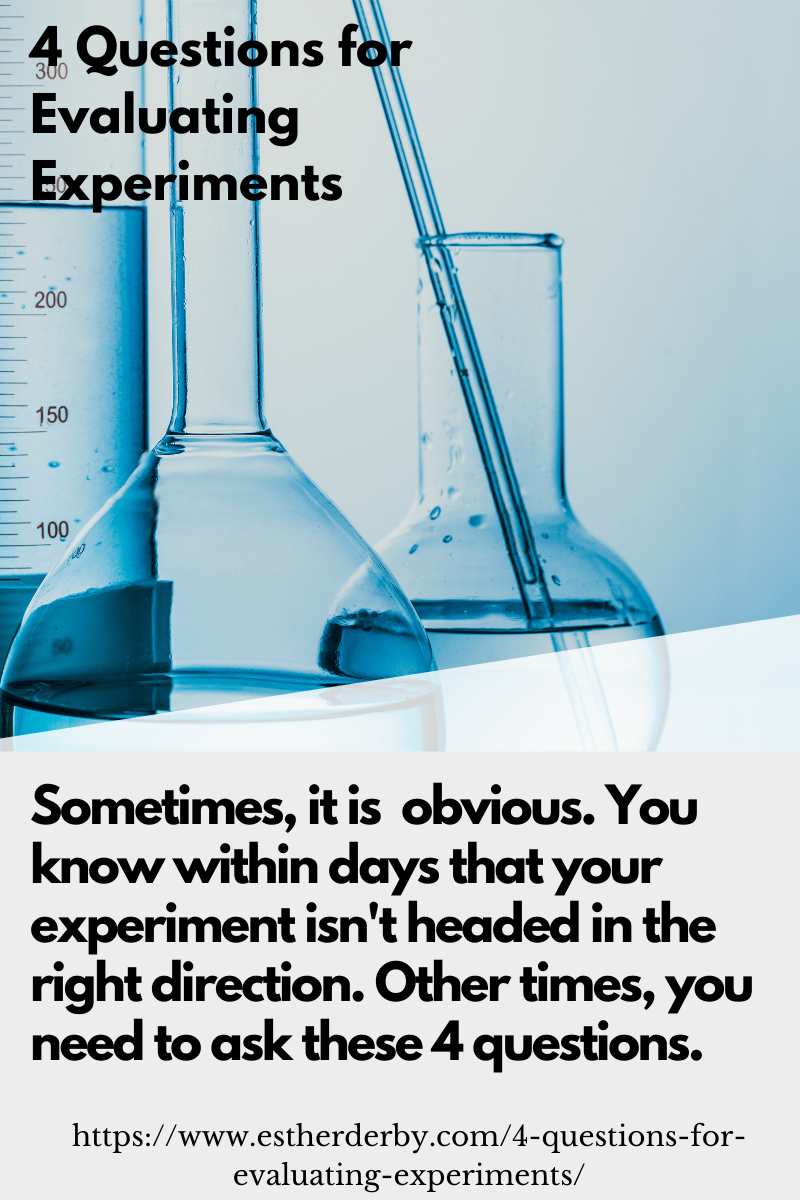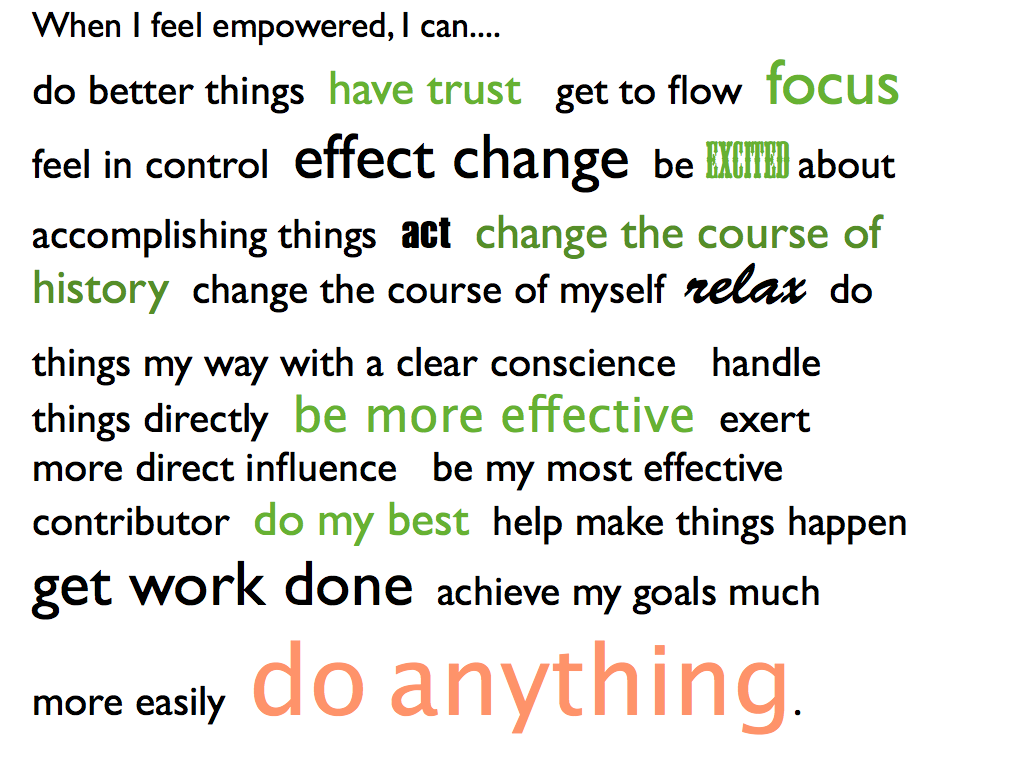This article first appeared on stickyminds.com
Few people enjoy meetings that waste time in swirling discussions. Fewer still like meetings where their ideas and opinions are solicited and then ignored. Retrospective leaders (and anyone else who leads group discussions) need the tools to help groups think, discuss, and decide effectively. Below are five tips to help you make the most of time spent in retrospectives (and every other meeting).
1. Let the Group Members do the Work
Some facilitators have the idea that their job is to stand at the front of the room and do most of the work—writing flip charts, interpreting data, and pointing the group to the right decision. Au contraire! As a retrospective leader, it’s your job to provide a structure that will help the group do the work. Do not do the work of the group for them. If you do it, they won’t own it.
One simple way to put the work back with the group involves flip charting a brainstormed list. Rather than writing down the ideas as group members call them out, ask people to write their ideas on large sticky notes (and write big, using a dark marker). Then, post the sticky notes. This method has three additional advantages: 1) it’s easier to group ideas on movable sticky notes; 2) it makes it easier for introverts to get a word in edgewise; and 3) it keeps people engaged in the process.
2. Record Faithfully
When you take up the marker to record for the group, record faithfully. I watched in horror as one facilitator wrote down only ideas he agreed with. Another facilitator wrote down his interpretations, which didn’t match what group members said. For example, the retrospective leader wrote down “commit to commit” when a team member suggested the team formally agree to attend the daily stand-up meeting. Another facilitator failed to capture one participant’s idea, even after she had brought it up three times.
When the facilitator ignores or misinterprets a participant’s idea, that participant feels like she hasn’t been heard and is likely to tune out the rest of the meeting.
When you are holding the pen, it’s your job to capture ideas from the group, not insert your own ideas. Sometimes, participants don’t express their ideas in a flip-chart-ready way. In that case, ask the participant to summarize the idea in just a few words. If that fails to produce a succinct statement, then summarize concisely and ask if it’s okay to capture the shorter summary
3. Use Parallel Processing
Computer professionals know how to design programs to take advantage of parallel processing. Retrospective leaders can use parallel processing to work lists efficiently. For example, suppose the group has identified three problem areas that are impeding the group. Rather than tackle them serially, break into pairs or small groups to analyze root causes for each. Then bring the group back together to look for common root causes.
Parallel processing is also useful when there are one or two people in the group who tend to dominate the conversation. Work from a small group reduces its impact on the whole group. Plus, many people who won’t speak up in a larger group will probably speak in a small group, which should balance participation.
4. Let the Group Members Draw Conclusions
Our human brains are wired to make sense of data, so it’s not surprising that retrospective leaders fall prey to the temptation to inform the group of what they see. After one team posted a timeline, the retrospective leader lectured on her perceptions of what was going on during the project while the team just sat there. Even when the facilitator is spot on (and this one wasn’t), the team most likely will reject the facilitator’s view. It’s like criticizing your brother-in-law; it’s fine for your spouse to say his brother drinks too much, but watch out if you say it.
Some retrospective leaders protest that it takes too long for the group to process the data—that it’s more efficient for the facilitator to do the job. It may be true that it takes less time for the facilitator to relay her own interpretation of the data to the group, but it’s only more effective if the facilitator doesn’t care whether the group actually buys into and acts on the interpretation.
5. Test for Agreement
Groups can go on and on discussing issues, mulling over concerns, and answering questions. It’s important to have a thorough analysis, and it’s also important to come to a decision. So after the team has asked clarifying questions related to a decision, test the agreement.
Testing for agreement isn’t the same as making a final decision. Testing for agreement creates a data point and an assessment of how much more discussion is really needed. One way to test for agreement is by using the “Fist of Five.” Each person signals her support for a proposal or option by utilizing a six-point scale, which requires no ballot other than the use of your hand. The votes are as follows:
Five fingers = I strongly support
Four fingers = I support with minor reservations
Three fingers = I’ll go with the will of the group
Two fingers = I have serious reservations
One finger = I do not support
Fist = I’ll block
(I advise against using the middle finger to indicate lack of support.)
If everyone in the group expresses strong agreement (four or five fingers), you know that you need to note reservations and mitigate risks. But the group probably doesn’t need a lengthy discussion of the topic. However, if there’s only lukewarm support (three fingers), then more discussion is warranted—possibly to identify more favorable alternatives.
If most of the people in the group show three fingers or less, it’s time to move to a different option rather than wasting time discussing an option no one wants.
Practice these tips, and pretty soon people will notice that meetings seem to work better when you lead them.








Today I came across a site to use for distributed dotvoting
http://www.dotpoll.info
(Yes I know colocation is better, but if you are distributed this could work…)
Recording what other people said is one of the most difficult things in a retrospective. I’ve seen it go wrong on multiple occasions and I have probably made this mistake myself when I did the facilitation.
On one occasion the team lead already knew upfront what the problems and solutions were, so he, probably unconsciously, reworded everything in such a manner that it supported his views.
In another occasion the facilitator asked each participant for one or more statements and would write that down, of course in his words. If another person would make more or less the same remark he would put an extra mark next to the sentence, loosing even more subtleness. After a short while people started to choose from the already available options, maybe glad that they didn’t need to think themselves too much.
I would strongly advice to let people write it down what they want to say themselves. Rewording by another person tends to change the message of the participant, maybe even without the participants and the facilitator even noticing.